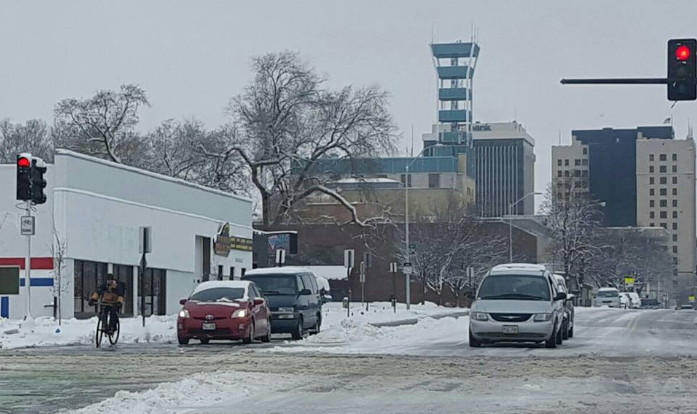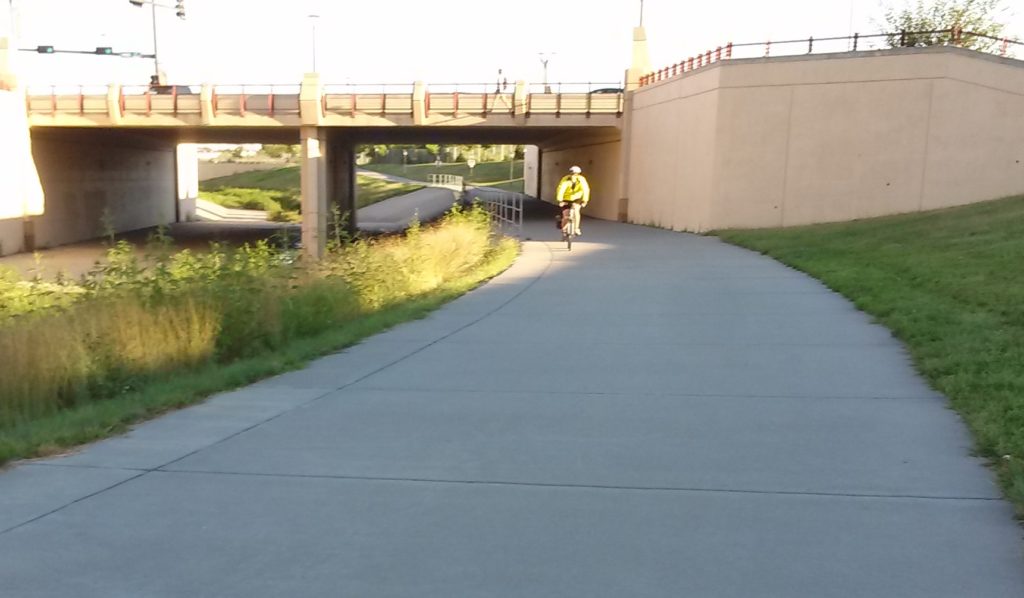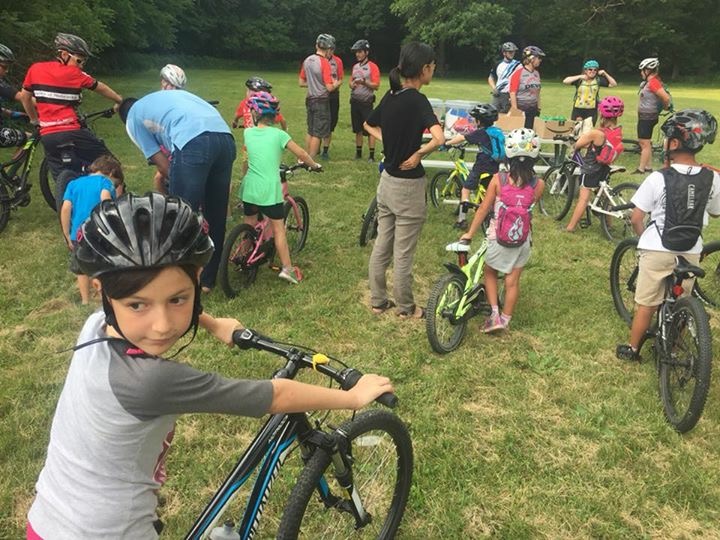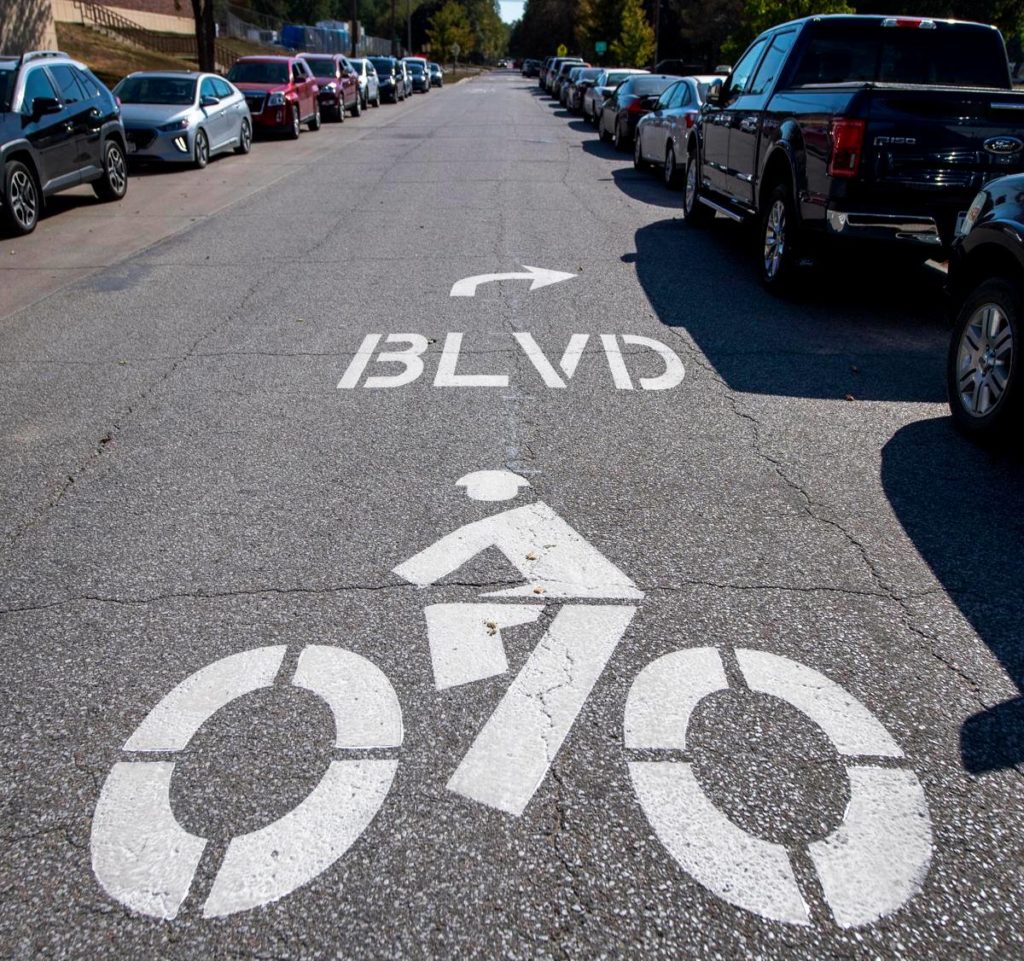Have you heard the term? It means getting where you want to go by human power, usually bicycling and walking. It’s a win/win. By building active transportation into your day, not only does it help to achieve the Surgeon General’s recommendation of at least 150 minutes of moderate physical activity a week, but it also eliminates a significant amount of greenhouses gases. Half of the trips Americans take are within range of a 20-minute bike ride. More than one-fourth are within range of a 20-minute walk. Unfortunately, the vast majority of even these short trips are taken by car. These are unintended consequences by design.

.
One of the ways to make it easier to be active is the concept of the 15 (or 20) minute city. Minneapolis planner Paul Mogush describes it this way: “Put the stuff closer together so it’s easier to get to the stuff.” This includes having neighborhoods with proximity to schools, stores, cafes, parks, workplaces, community gathering places, and libraries. Also, it’s not just about density. A variety of housing options is important. To make these neighborhoods bikeable, of course we need streets that are safe to ride on, since trails, as wonderful as they are, don’t always lead to where we want to get to.

And what about walking and riding to school? Unfortunately, the percentage of kids using active transportation to get to school has plummeted as schools have become larger and located farther away. Parents and administrators then think that it’s too dangerous to walk and ride to school. One way other countries, including many in Europe and in Japan, has dealt with the problem of congestion and collisions involving school children has been to create School Streets. This involves closing streets in the vicinity of the school 15 minutes before and 15 minutes after the beginning and end of the school day so that children (and parents) can ride or walk to school safely, including children dropped off at the perimeter of the school streets. Crossing guards put out and pick up signs at the beginning and end of the time frame. Children get more exercise and greater independence when they can walk to school. Children with mobility or other issues of course are exempted.

Unfortunately, Lincoln is not always on the cutting edge of these sorts of these trends. At this time land in our oldest park has recently been paved over and more curb cuts are planned so that more parents can drive their children even closer to school in the South Salt Creek neighborhood. As if it were a suburban campus. Located next to our new bicycle boulevard, it certainly sends mixed signals.

